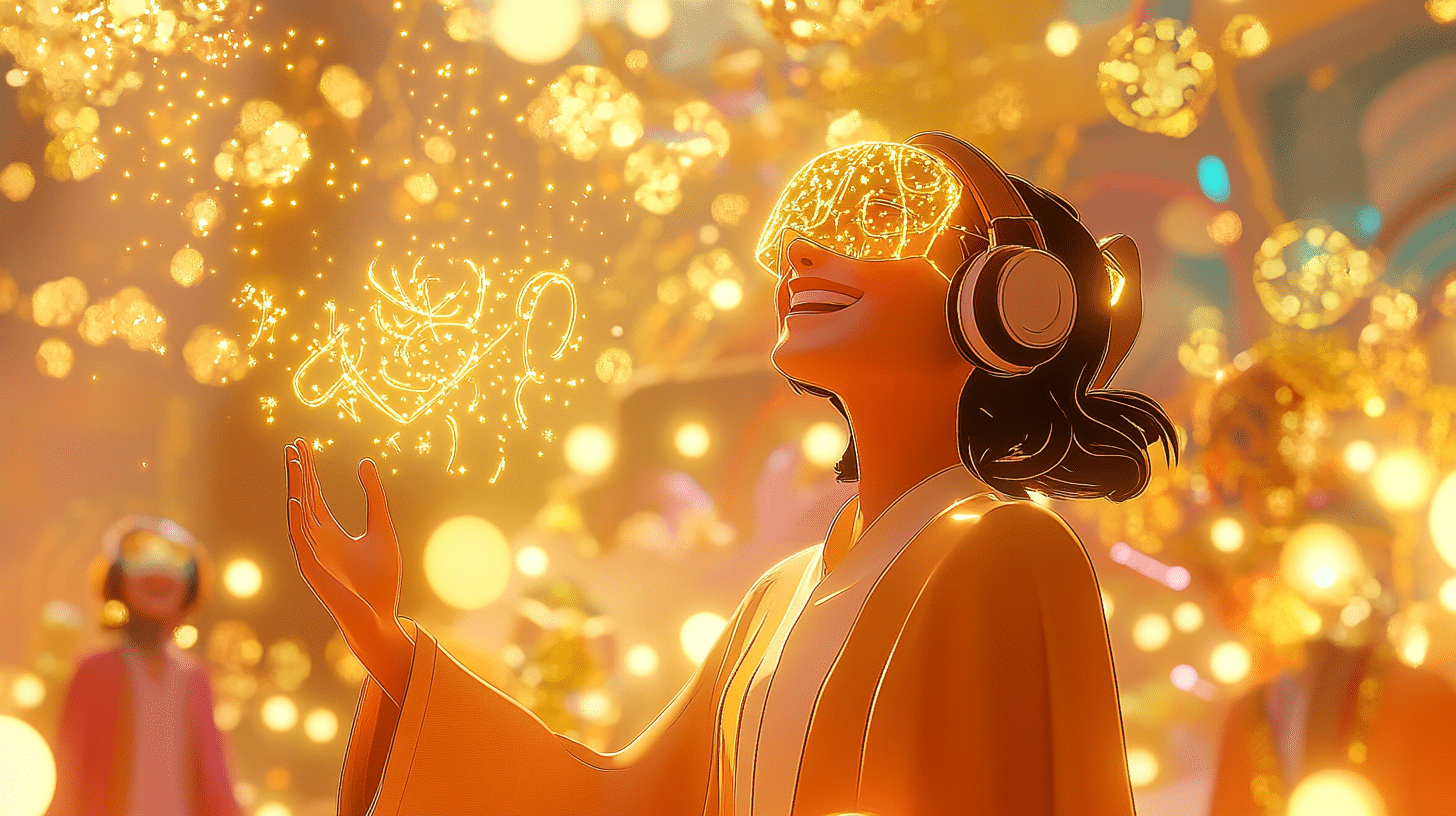Blockchain technology was first announced in 2008 by an anonymous individual or group known as Satoshi Nakamoto, along with the release of the Bitcoin whitepaper; and was first implemented in 2009 with the Bitcoin network’s launch. It is a revolutionary concept that promises to safeguard information through decentralization, offering a secure, transparent way to record data across a network of computers without a central authority.
But what if I told you that a similar idea was implemented over 1,400 years ago, not with computers and cryptography, but with human memory and faith?
This article explores a fascinating analogy between blockchain and the preservation of the Quran, revealing how both systems harness the power of decentralization to protect something invaluable.
Blockchain: a modern marvel of decentralization
Blockchain works by distributing identical copies of a ledger – basically a record of transactions – across numerous computers, or “nodes,” around the world. Each node holds a complete copy of the ledger, and any changes must be verified by the majority of nodes before being accepted. This setup ensures that no single entity controls the data, making it extremely difficult to hack or forge. If someone tries to alter the information on one node, the other nodes detect the discrepancy and reject the change, preserving the integrity of the system.
The brilliance of blockchain lies in its distributed nature. By spreading the data across multiple devices, it eliminates the risk of a single point of failure. This makes blockchain ideal for applications where trust and security are paramount, such as Cryptocurrency (e.g., Bitcoin), Supply chain management, and Secure voting systems.
The Quran: an ancient system of decentralized preservation
Long before the advent of digital technology, the Quran – Islam’s holy scripture – faced its own challenge of preservation. Revealed to Prophet Mohammed over 1,400 years ago, the Quran needed to be safeguarded from corruption or alteration. To achieve this, the Prophet encouraged his followers to memorize the entire text, word for word!
These memorizers, known as Huffaz اظّالحف, became living repositories – data storage devices – of the Quran, each carrying a complete and accurate copy in their minds.
This practice created a decentralized network of human “nodes,” each independently preserving the Quran. If anyone attempted to alter the text, they would have to convince or change the memories of countless Huffaz – an impractical, if not impossible, task. This system of mass memorization ensured that the Quran remained unchanged across centuries, cultures, and continents.
Islamic scholars further reinforced this preservation through rigorous methods, such as, Tajweed which is a set of rules for proper pronunciation of the Quranic text; Qira’at which
is the recognized styles of recitation; and Cross-verification which compares recitations and manuscripts among Huffaz and scholars.
The result? A text that has been preserved with astonishing fidelity for over a millennium.
Another fascinating aspect is the method Prophet Muhammad used – by divine instruction – to rely on memorization rather than on widespread written manuscripts. Although writing did exist, it wasn’t the primary tool for preservation. If the Quran had only been kept in hidden or exclusive written copies, it would have been much easier for someone to alter those documents over time. By placing such importance on memorization, God ensured that the Quran would remain unchanged. Even if certain manuscripts disappeared or were tampered with, the living memories of millions of people would safeguard the true text.
Where they differ
Of course, there are clear differences between these two methods of preservation.
Blockchain relies on complex technology, cryptographic protocols, and often financial incentives to keep everything running smoothly. Quranic preservation, on the other hand, is driven by faith, devotion, and a deeply rooted communal responsibility to maintain the scripture’s accuracy.
One is a product of modern computing; the other is an ancient yet enduring tradition. Why Does This Analogy Matter?
In our modern world, we often depend on technology for everything from communication to record-keeping. But the Quran’s preservation story reminds us that knowledge itself – when widely shared and deeply learned – can outlast empires, wars, and cultural shifts. No matter how advanced our tools become, it’s the human element of understanding and commitment that really stands the test of time.
This serves as a powerful reminder that while technology can be incredibly useful, it’s ultimately our shared knowledge, values, and dedication that keep information alive and authentic.
Conclusion
The next time you hear someone mention blockchain, think of how the Quran has been preserved. Both rely on many copies existing in different places, making it nearly impossible to slip in unauthorized changes. One uses algorithms and nodes to ensure security; the other uses the hearts and minds of countless believers worldwide. It’s a beautiful testament to the idea that when information is widely distributed and carefully guarded, it stands firm against the ravages of time – and human tampering.







